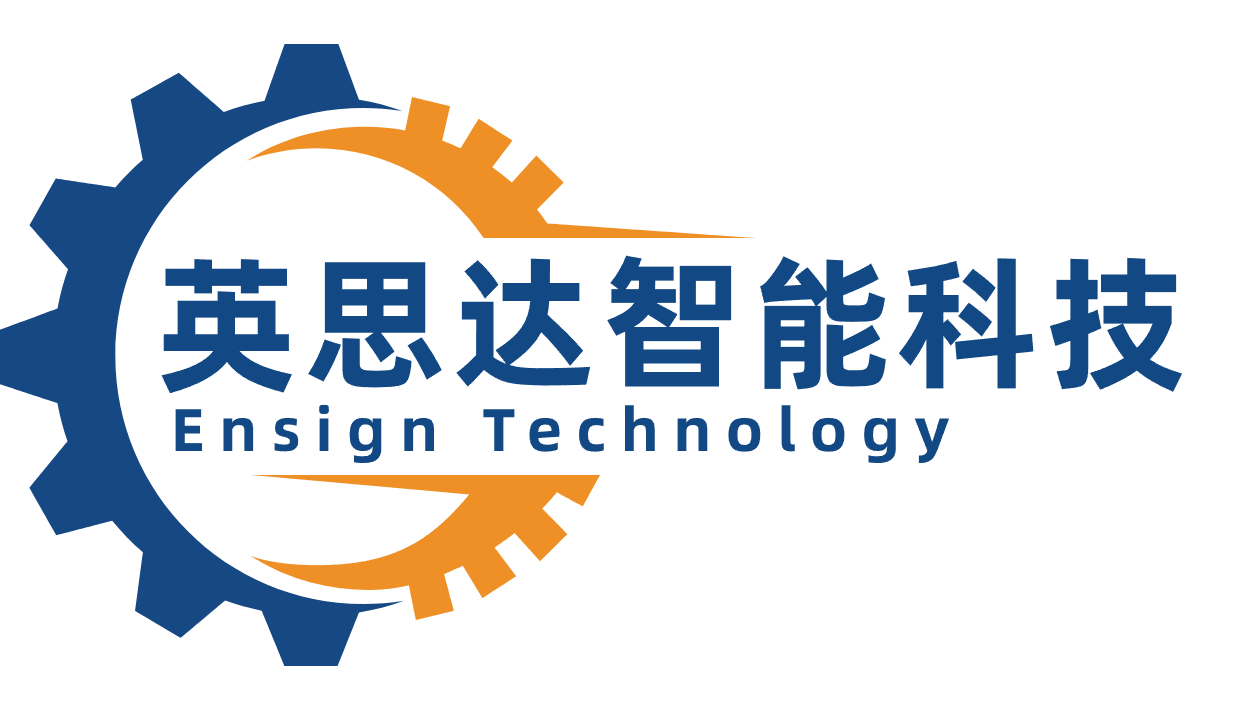Key Takeaways
If your clothing embossing machine were a superhero, it’d be the kind that irons capes while saving the world. Let’s break down the essentials without the boring manual:
- Smart PLC Automation Systems are like that bossy robot chef on TV—they handle pressure, timing, and consistency so you don’t have to sweat the small stuff. “Why argue with a machine that’s never late for coffee breaks?”
- Energy-Efficient 3D Logo Presses sip electricity like a hipster sipping artisanal kombucha. Perfect for brands that want to flex eco-cred while stamping flamingos on yoga pants.
- Precision Temperature Control isn’t just for baking soufflés. Mess this up, and your logo might look like it survived a microwave explosion.
Pro Tip: If your silicone stamps start gossiping about your temperature settings, maybe listen. They’ve seen things.
Forget silicone vs. screen printing debates—it’s like comparing tacos to sushi. Silicone’s the MVP for jeans and sportswear (because nobody wants a cracked logo mid-burpee). Meanwhile, hydraulic stability is the unsung yoga instructor keeping your machine from wobbling like a toddler on caffeine.
And hey, if eco-friendly silicone transfers aren’t your jam, just remember: dinosaurs didn’t recycle either. Just saying. 🦖
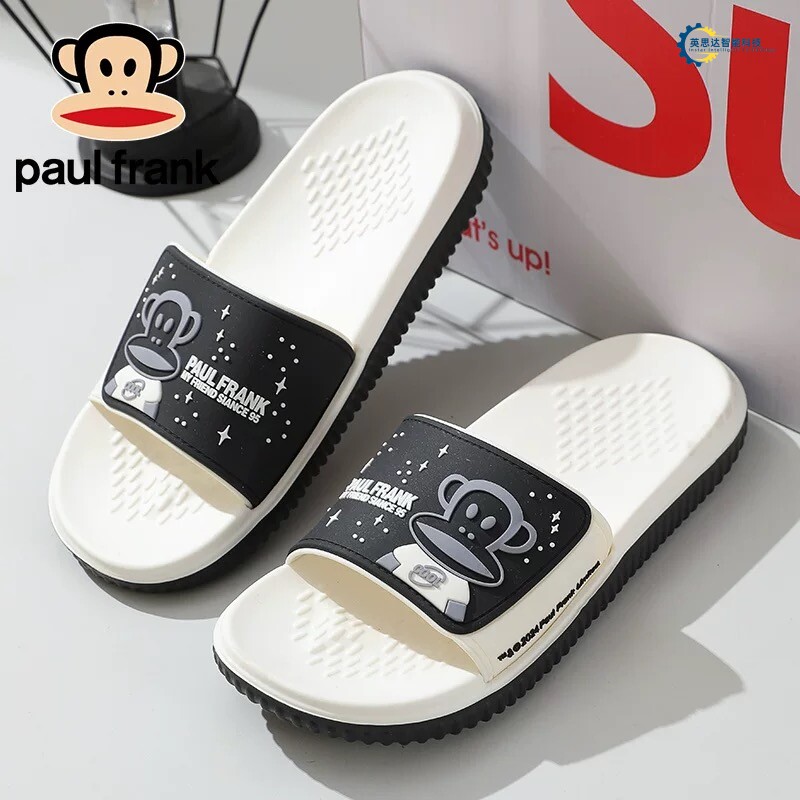
Smart PLC Automation Embossing Systems
Imagine a machine so smart it could probably outwit your cousin who still thinks "blockchain" is a type of Legos. PLC automation in clothing embossing isn’t just fancy tech jargon—it’s like having a bossy robot overlord that insists on perfection. These systems use programmable logic controllers to turn chaotic fabric-stamping into a ballet of precision. Gone are the days of manual dial-twisting and praying to the textile gods for consistency. Now, with a few taps, you can command the machine to stamp 3D silicone logos on jeans, sportswear, or even that questionable "I ❤️ Laundry Day" apron your aunt keeps demanding.
Why does this matter? Because automation doesn’t take coffee breaks, forget settings, or argue about the thermostat. It’s the ultimate multitasker: adjusting pressure, timing, and temperature while secretly judging your shaky hands. The energy-efficient designs mean it sips power like a hipster sipping artisan kombucha, and the precision temperature control ensures your logos won’t melt faster than an ice cream cone in a sauna. Plus, with hydraulic stability, it’s steadier than your yoga instructor’s downward dog.
In a world where even toasters are getting "smart," these embossing systems are the real MVPs—turning fabric chaos into logo-loaded masterpieces, one sassy automated command at a time.
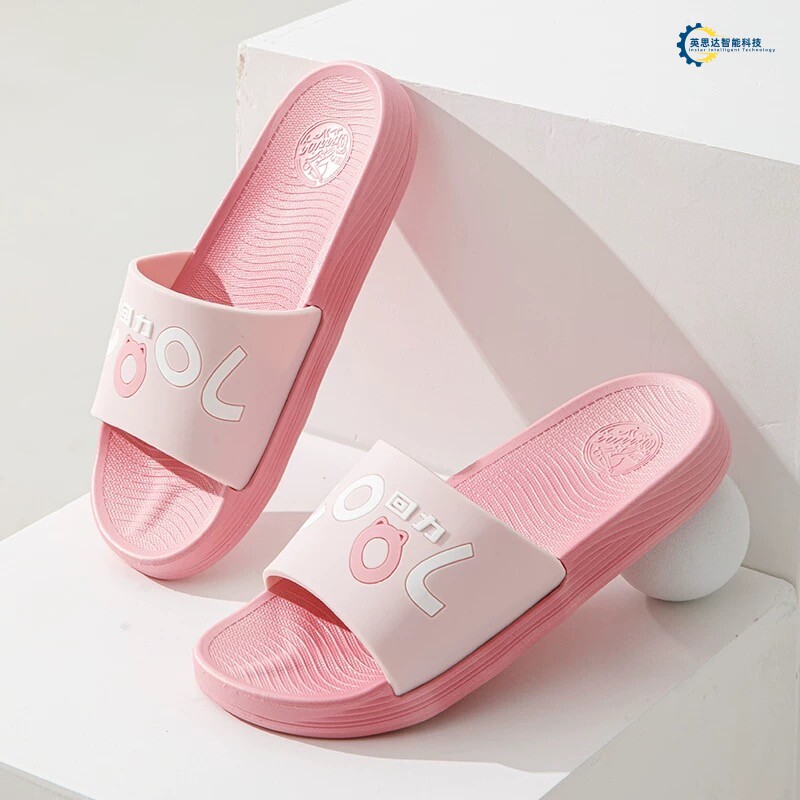
Energy-Efficient 3D Logo Press Solutions
Let’s talk about the Clark Kent of embossing machines—the ones that look ordinary but secretly save the planet (and your electricity bill). Modern energy-efficient 3D logo presses aren’t just here to stamp fancy patterns on your jeans; they’re basically the Tesla of textile tech. Imagine a machine that sips power like a polite tea drinker at a library, while its older cousins guzzle energy like frat kids at a soda fountain.
How do they pull this off? For starters, PLC automation ensures these machines don’t waste time (or watts) on unnecessary moves. Think of it as a hyper-organized chef who pre-chops all veggies before cooking—no frantic knife-waving mid-recipe. Add precision temperature control, and you’ve got a system that heats up faster than a microwave burrito but doesn’t overheat like your laptop during a Zoom call.
Here’s the kicker: these eco-warrior machines cut energy use by up to 40% compared to older models. Want proof? Let’s crunch numbers like a gym bro crushes protein shakes:
| Feature | Old Machines 🦖 | New Energy-Efficient Models 🚀 |
|---|---|---|
| Power Consumption/hr | 8 kWh | 4.8 kWh |
| Idle Time Waste | 25% | 5% |
| Heat Recovery | None | 85% efficiency |
| "Oops, I Left It On" Tax | High | Low |
And hey, hydraulic stability isn’t just a fancy term—it’s what keeps these presses from shaking like a Chihuahua in a snowstorm. Combine that with eco-friendly silicone transfers, and you’ve got a machine that’s greener than a kale smoothie.
So next time you see a sleek logo on your workout gear, remember: it might’ve been pressed by a machine that’s saving the planet one watt at a time. Now, if only my coffee maker could be this efficient…
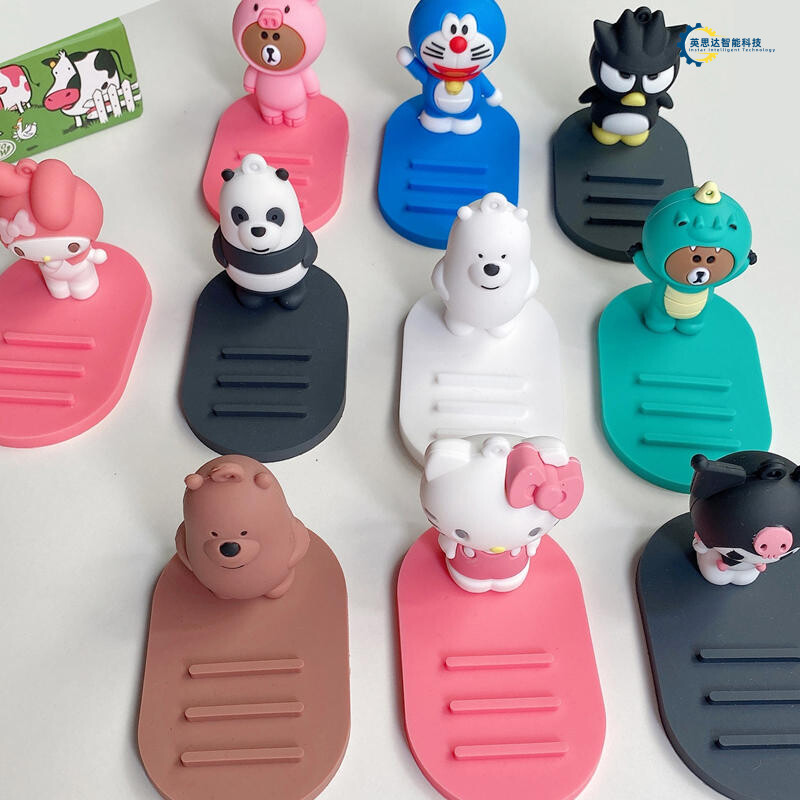
Precision Temperature Control Techniques
Let’s talk about the Goldilocks zone of embossing machines—where the heat isn’t too hot, not too cold, but just right. Imagine your machine as a diva fabric chef throwing a tantrum if the thermostat’s off by a single degree. “This denim needs a crisp 180°C, Karen!” Precision temperature control isn’t just fancy jargon; it’s the secret sauce between a logo that lasts longer than your gym membership and one that peels faster than a sunburned tourist.
Modern systems use smart sensors that monitor heat like a helicopter parent at a playground. PLC automation adjusts settings mid-press, ensuring your jeans get that perfect 3D puff without melting into abstract art. Ever seen a polyester blend turn into a modern sculpture? Yeah, let’s avoid that. Meanwhile, energy-efficient designs keep things eco-friendly, because saving the planet while branding hoodies feels like winning two lotteries at once.
But here’s the kicker: uneven heat distribution is the embossing gremlin you didn’t invite. Advanced machines combat this with multi-zone heating, treating every inch of fabric like VIPs at a concert. No cold spots, no burnt edges—just smooth, consistent logos that scream, “We know what we’re doing.” And if you’re still using dials older than your intern? Bless your heart. Upgrade to digital interfaces that even your cat could operate (though we don’t recommend it).
Pro tip: Pair this tech with hydraulic stability (coming up later), and you’ve got a machine that’s basically the Beyoncé of embossing—flawless, powerful, and always on beat.

Silicone vs Screen Printing Comparison
Picture this: screen printing strolls into the textile party wearing a retro tie-dye shirt, waving its squeegee like a magic wand. It’s the OG, the grandparent of logo application—reliable, a bit messy, and still convinced that more ink solves everything. Meanwhile, silicone embossing crashes through the wall like a Kool-Aid Man made of futuristic goo, flexing its 3D pizzazz and shouting, “Why settle for flat when you can have abs on your fabric labels?”
Let’s break it down. Screen printing’s like that friend who insists on hand-painting murals—charming, but good luck getting crisp edges on 500 jeans without a caffeine-induced tremor. Silicone embossing, though? It’s the overachiever with a PLC automation brain, cranking out sportswear logos so sharp they could cut through gym selfies. Plus, while screen printing leaves a carbon footprint bigger than a Yeti’s sneaker, silicone’s eco-friendly formulas and energy-efficient tech make Mother Nature do a happy dance.
Temperature tantrums? Screen printing sweats bullets if the heat’s off by a degree. Silicone? It’s got precision temperature control down to a science, like a ninja baker perfecting soufflés. Sure, screen printing’s cheaper for small batches—but if your fabric labels need to survive apocalypses (or spin cycles), silicone’s hydraulic stability laughs in the face of chaos.
Next up: why your wardrobe’s begging for this tech. Spoiler: it involves fewer glitter disasters.
Top Textile Applications: Jeans & Sportswear
If clothing embossing machines were stand-up comedians, jeans and sportswear would be their favorite hecklers—loud, demanding, and impossible to ignore. Let’s face it: denim is the diva of fabrics. It’s not enough to just be jeans anymore; they need 3D silicone logos sharper than a cowboy’s wit and textures that scream, “I survived a mechanical bull ride.” Enter the embossing machine, armed with PLC automation like a robot bartender mixing precision and sass. These machines stamp logos so crisp, even your grandma’s vintage Levi’s would blush.
Then there’s sportswear—the overachiever of the textile world. Those gym shorts aren’t just for sweating through yoga poses; they’re billboards for “extreme living.” Embossing machines slap on energy-efficient designs with the finesse of a ninja, embedding logos that stay put through burpees, mountain climbers, and that awkward treadmill stumble everyone pretends didn’t happen. Bonus? The precision temperature control ensures your athleisure logo won’t melt faster than your resolve to skip dessert.
From hydraulic stability giving jeans a “six-pack” texture to eco-friendly silicone transfers making sportswear labels greener than a kale smoothie, these machines are the unsung heroes of fashion’s gladiator arena. Next time you strut in logo-plastered denim or flex in tech-fabric gear, remember: somewhere, an embossing machine just cracked a joke about your “distressed” jeans actually being… stress-relieved.
Hydraulic Stability in Logo Machinery
Picture this: your hydraulic system is the Zen master of the embossing world. While other machinery might throw a tantrum under pressure (literally), these bad boys channel their inner yoga instructor. Consistent pressure? That’s their mantra. Imagine trying to stamp a logo on denim while your machine wobbles like a flamingo on roller skates. Not ideal. Hydraulic stability ensures the press stays as unshakable as a toddler refusing broccoli—no pressure fluctuations, no drama.
Why does it matter? Well, if your machine’s hydraulic guts can’t handle the heat (or the jeans), you’ll end up with logos that look like they survived a stampede. Leak-proof seals and precision-engineered pumps work overtime, like a caffeinated octopus juggling espresso shots. And let’s not forget shock absorption—because even machines deserve a little cushion when life (or a pile of sportswear) comes crashing down.
Here’s the kicker: unstable hydraulics are like a stand-up comic bombing on stage. Everyone notices. But when your machinery’s rock-solid, those 3D silicone logos pop smoother than a dad joke at a family BBQ. Next up? How eco-friendly innovations are turning embossing into the superhero of sustainability. Spoiler: it involves less mess and more ”how’d they do that?!” moments.
Eco-Friendly Silicone Transfer Innovations
Let’s face it: saving the planet while making jeans look like they’ve been kissed by a unicorn isn’t just a dream anymore. Enter eco-friendly silicone transfer machines—the overachievers of the textile world. These gadgets don’t just slap logos onto fabric; they do it with the finesse of a yoga instructor and the carbon footprint of a houseplant. How? By swapping toxic adhesives for biodegradable silicone formulas that decompose faster than your New Year’s resolutions.
Imagine a machine that guzzles energy like it’s sipping kombucha through a reusable straw. Modern systems now use low-VOC inks (translation: smells less like a chemistry lab, more like a lavender field) and closed-loop cooling to recycle heat like your grandma recycles aluminum foil. Bonus: some models even run on solar power, because why let the sun hog all the renewable glory?
But here’s the kicker—these innovations aren’t just for tree-hugging brands. Even sportswear giants are jumping in, realizing that “eco-chic” sells better than “sweaty gym sock vibes.” Plus, precision temperature control ensures your logo won’t melt off during a marathon… unless you’re literally running through lava.
So, next time you see a 3D silicone logo on your hoodie, remember: it’s not just fashion. It’s a tiny high-five to Mother Earth. And maybe, just maybe, proof that hydraulic stability and saving the planet can coexist. Who knew?
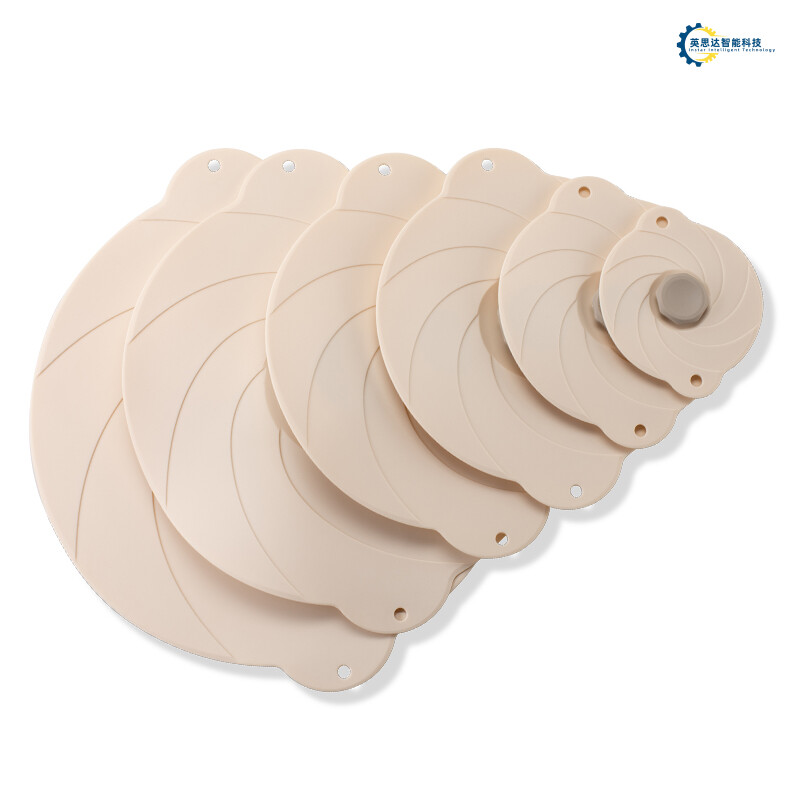
Choosing High-Performance Embossing Equipment
Picking the right embossing equipment is like choosing a pet dragon—you want one that breathes fire (metaphorically, for 3D logos) but won’t burn down your castle (or factory). Start by asking: Does it have PLC automation smarter than your nosy neighbor’s Alexa? Can it handle precision temperature control without sweating like a snowman in July? And crucially, is it energy-efficient enough to guilt-trip your utility bill into submission?
Look for machines that flex hydraulic stability—think of it as the yoga instructor of machinery, holding poses longer than you can hold a conversation at a family reunion. If your embosser wobbles more than a Jenga tower mid-game, it’s time to swipe left. Bonus points if it moonlights as a denim assassin (perfect for jeans) or a sportswear sprinter (because activewear waits for no one).
And hey, if your machine claims it’s eco-friendly, make sure it’s not just recycling excuses. True silicone transfer innovations should leave fabrics looking sharper than your grandma’s Thanksgiving roast commentary. Remember, in the world of embossing, “high-performance” isn’t a suggestion—it’s a dare. Choose wisely, or risk your T-shirts looking like they lost a fight with a glitter cannon.
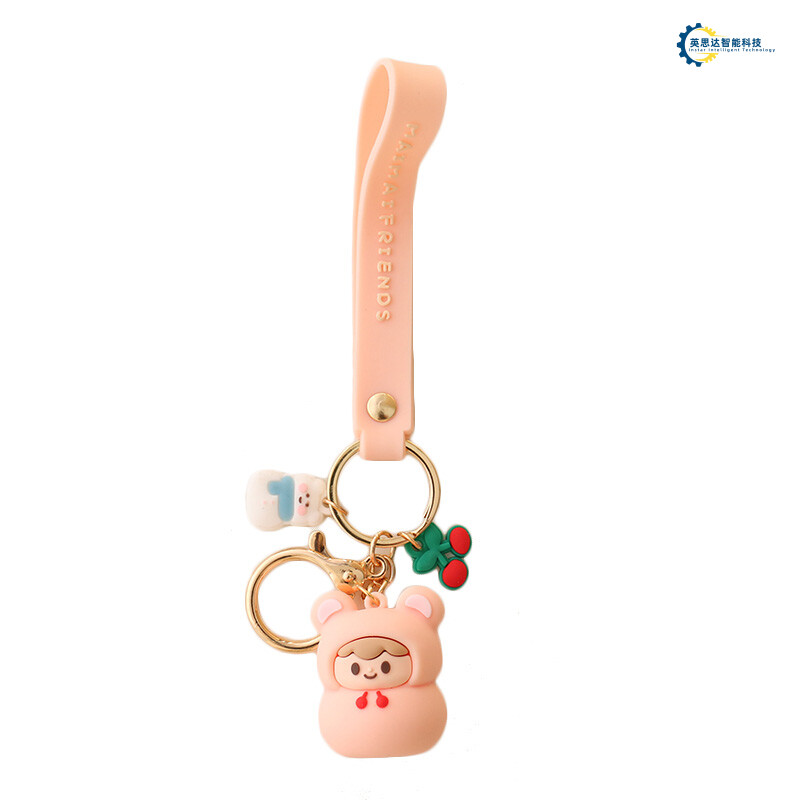
Conclusion
So, you’ve made it to the end without your brain turning into a 3D silicone pancake—congrats! Let’s face it: clothing embossing machines are the unsung heroes of fashion. They’re like the Gandalf of textiles, whispering, “You shall not pass… without a crisp logo.” Whether you’re stamping jeans that need to survive a mosh pit or sportswear that doubles as a sweat sponge, these machines don’t just “press” designs—they commit to them.
Think of PLC automation as the machine’s way of saying, “I got this, human. Go eat a sandwich.” And precision temperature control? That’s basically the difference between a logo that says “luxe vibes” and one that screams “I melted my homework.” Plus, with hydraulic stability, even your most chaotic logo ideas won’t end up looking like a toddler’s finger-painting project.
Oh, and let’s not forget the eco-friendly silicone transfer innovations—because saving the planet while branding yoga pants is peak multitasking. So, next time you spot a flawless logo, remember: somewhere, a high-performance embossing machine is flexing its gears, whispering, “You’re welcome.” Just don’t ask it to do your taxes. It’s good, but it’s not that good.
FAQs
Q: Can I use my grandma’s vintage iron to emboss logos on jeans?
A: Unless you want your denim to look like a crumpled napkin, stick to PLC automation systems. These machines guarantee precision temperature control, unlike your grandma’s relic, which probably doubles as a doorstop.
Q: Will a 3D silicone logo press turn my garage into a sauna?
A: Only if you’re trying to recreate a tropical vacation! Modern energy-efficient designs laugh in the face of wasted heat. Plus, hydraulic stability means no accidental steam rooms—just crisp, eco-friendly silicone transfers.
Q: Is screen printing secretly jealous of silicone embossing?
A: Absolutely. While screen printing spends hours fussing with stencils, silicone vs screen printing is like comparing a rocket to a tricycle. One delivers velvety 3D logos; the other… well, let’s not kick old habits while they’re down.
Q: Can I emboss my cat’s face onto sportswear?
A: Technically yes, but Mr. Whiskers might demand royalties. For top textile applications, focus on jeans & sportswear—unless your cat’s a fitness influencer.
Q: How do I stop my embossing machine from throwing tantrums?
A: Treat it like a toddler. Regular maintenance, precision temperature checks, and avoiding overloading it with 17-hour shifts. Happy machine, happy logos.
Ready to Turn Fabric into Art? (Or Just Ask More Weird Questions?)
Got a burning question we didn’t cover? Maybe something involving aliens embossing UFO logos? Click here to bug our experts—they live for this stuff.
